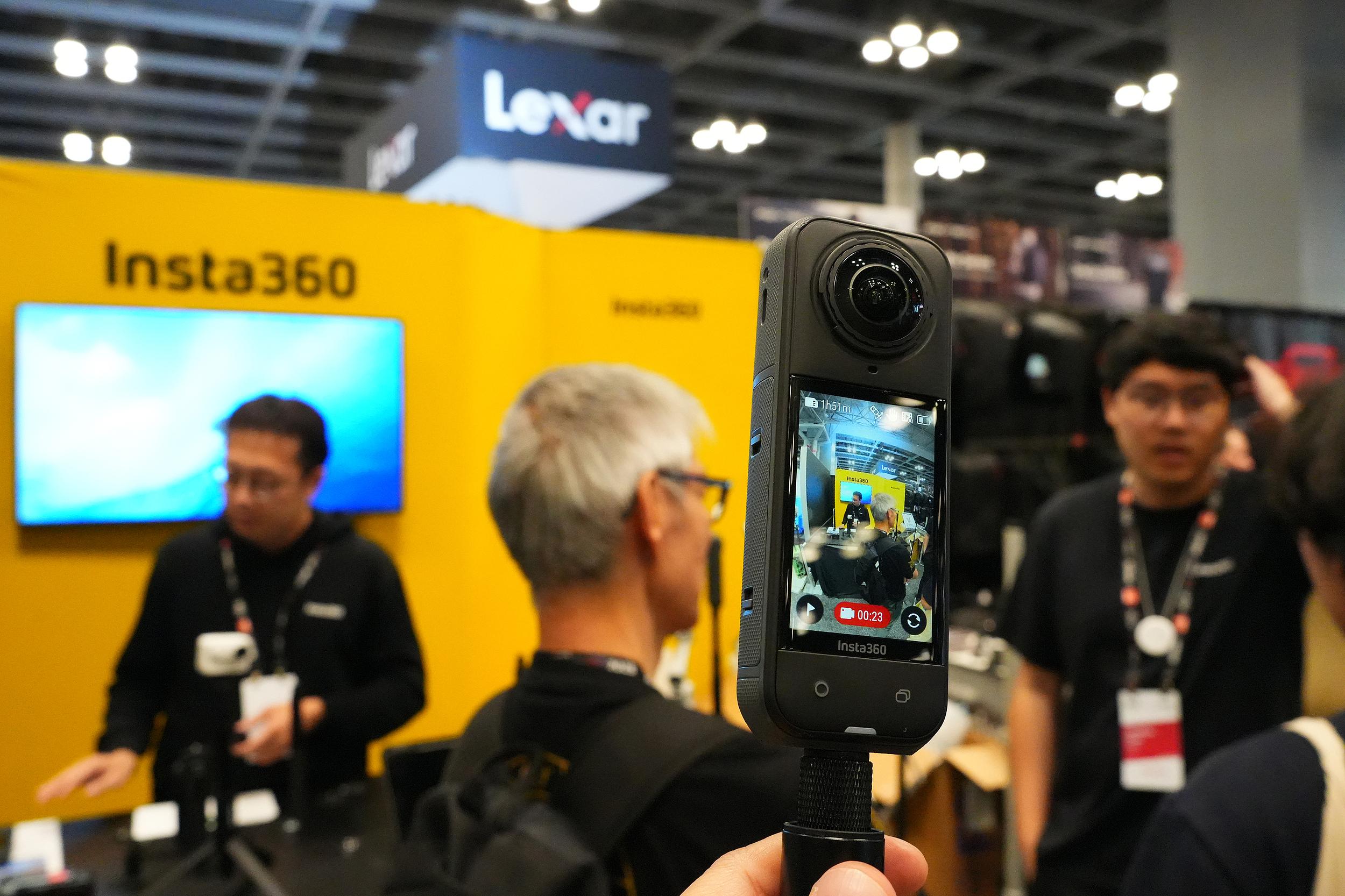Rising Chinese Brands Redefine Value

On June 26, The Economist published an article, "Chinese brands are sweeping the world. Good" on its website. It was a rare acknowledgement of the enhanced competitiveness of Chinese products in the global market, with high praise for Chinese brands for their innovation, cultural confidence, and global influence.
More than a decade ago, it would have been hard to imagine the Western media covering China with such a glowing headline. For years, the West largely viewed China as the "world factory" — known for mass production, low-cost contract manufacturing, and lack of originality. Today, The Economist's observation is that "Innovative Chinese brands are popping up everywhere. Consumers and investors around the world stand to benefit."
This transformation reflects a shift from "manufacturing thinking" to "brand thinking." Manufacturing is just one aspect of the production chain, whereas branding involves much more — product quality, innovation, cultural depth, and service excellence.
The article notes that unlike in the old days, Chinese companies now "more happily advertise their roots." The logo of Chagee tea drinks brand shows Peking Opera, the blockbuster AAA game Black Myth: Wukong features the famous Chinese classic character the Monkey King. Products like Huawei's phones and Insta360 camera have also taken the world by storm. These brands have not only broken the stereotype of "low price and low quality," but also won international recognition with their cultural depth and design aesthetics.
This success did not happen overnight. It was built with decades of independent innovation and the accumulation of intellectual property. Take transportation as an example. Chinese society has always supported green and digitized ventures and while the concept of electric vehicles (EV) originated in the West, six Chinese companies now rank among the top 10 in the global EV battery market, with CATL and BYD leading in market share.
By the end of 2022, the number of registered shared bike users in China had crossed one billion, with an average of more than 44 million daily trips. These innovations offer consumers convenient, cost-effective, and eco-friendly transportation options.
The Economist article also highlighted that the era in which Western brands relied on the "foreign halo effect" to command premium pricing in the Chinese market is ending. Domestic brands not only dominate in terms of cost-performance ratio but are also reshaping global trends by deeply understanding consumer needs. A notable case is that Chinese tea and coffee brands, such as Heytea and Luckin Coffee, are gaining strong traction in Europe and Southeast Asia, marking a sharp contrast to Starbucks' first major price adjustment in its 25-year history in China.
Data from Brand Finance's annual brand perception survey of 100,000 people globally shows that China ranked eighth in 2021 but has now risen to second place globally, trailing only the U.S. The rise of Chinese brands is closely tied to the strengthening of the country's global image.
On climate change, China is steadfast in its commitment to achieving carbon peaking and carbon neutrality. For AI governance, it has launched the Shanghai Declaration on Global AI Governance. These initiatives underscore China's role as a responsible global leader, enhancing international goodwill and trust.
Further evidence comes from Morning Consult's exclusive longitudinal polling data, shared with Axios. It shows that China's global favorability score increased to +8.8 in the latest reading in May this year.
This growing influence is accompanied by a transformation in the national mindset. As the world's second-largest economy, China is now setting trends across multiple global sectors. There is less emphasis on external perceptions as the Chinese increasingly recognize that their own lived experiences offer the most authentic reflection of reality.







